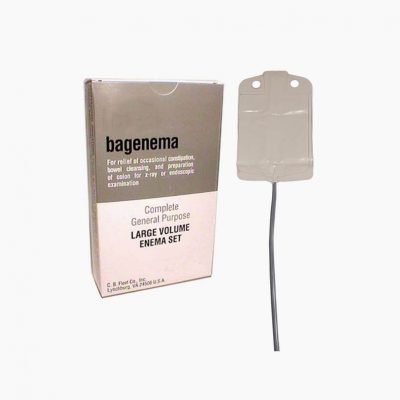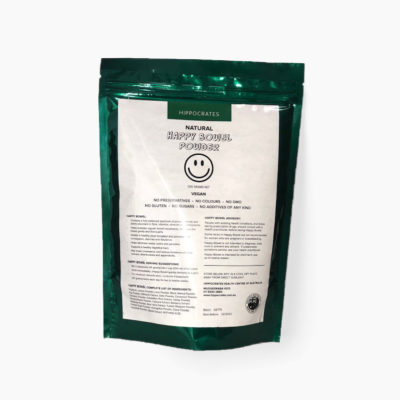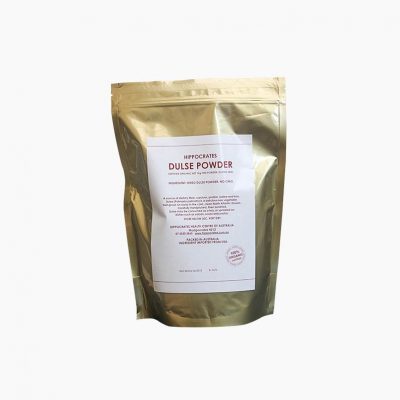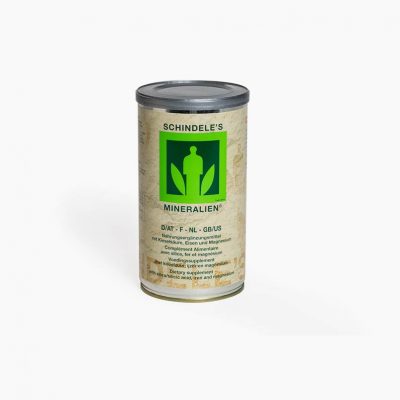Acid/ Alkaline and Your Health
” Drink your milk!” has been a common (and erroneous) adage to build healthy bones. Milk actually contributes to an acidic environment in the body, and acidic environments in the body actually create weak bones and create an optimal environment for disease.
“How does it do this?,” you might ask. Essentially, our blood needs to remain at a certain pH; otherwise, it will cause problems in the body. That pH is slightly alkaline: approximately 7.36. However, most foods in the standard Australian diet are acidic, and this means that people become acidic from consuming these foods.
Commonly consumed, highly acidic foods include meat, dairy (including milk), manufactured foods, soft drinks, and sugared snacks.
Raw fruit and vegetables are alkali-forming in the body; they raise our pH to a more alkaline state. But most people eat far too much on the first list, and far too few raw fruits and vegtables, and they do this for decades on end.
When the blood starts to become acidic, the body must adjust.
To adjust to a more alkaline state, the body pulls calcium (an alkaline mineral) from your bones. By robbing calcium from your bones, your pH can become more alkaline, which helps with your body’s immediate problem. Your bones, though, then face long-term problems.
Health problems stem from being acidic. This is because parasites, malignant bacteria, viruses, and candida overgrowth – all of which are the root causes of thousands of diseases – thrive in acidic environments. But these problems fade away in an alkaline environment.
In fact, it’s been found that cancer doesn’t do well in an alkaline environment, and is most often found in bodies with a pH of 4 to 5, which is highly acidic. The fact that forty percent of the population is expected to have a problem with cancer is very telling about the acidic nature of people these days, and the problems with our standard diets.
(Soft drinks have a pH of between 2.4 and 4.)
On the pH scale 7 is neutral, and anything above 7 is alkaline; anything below 7 is acidic. pH is essentially a measure of oxygen to hydrogen; substances and bodies with more oxygen than hydrogen will be on the alkaline side; whereas, those with more hydrogen than oxygen fall on the acidic side. Pesticides and chemicals in our foods and environment are also acidic.
If you’re wondering where to get your calcium, now that you know that milk isn’t helping your bones, the answer is green leafy vegetables. Green leafy vegetables (and wheatgrass juice, of course) provide an abundant source of calcium that is bio-available, meaning that it’s easy for your body to absorb.
Pure Organic Wheatgrass Powder (no additives or preservatives; dried at body temperature) is available.




